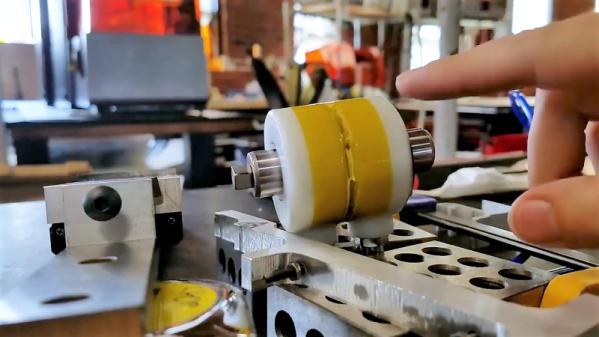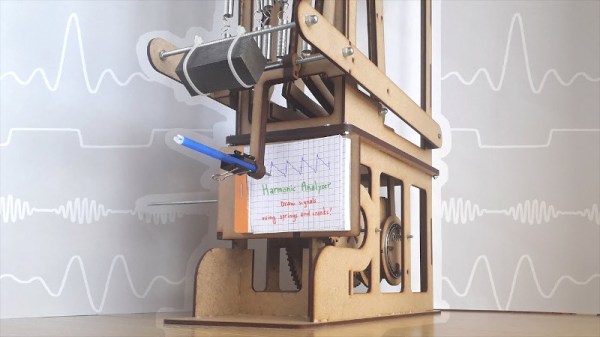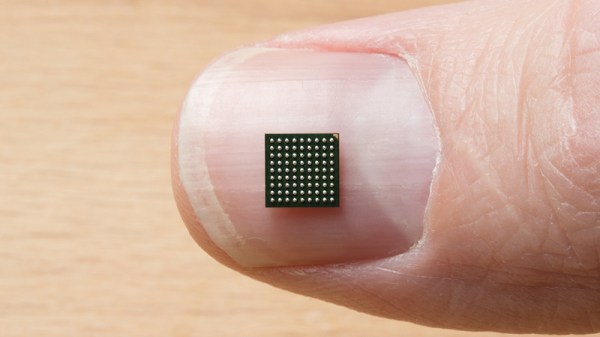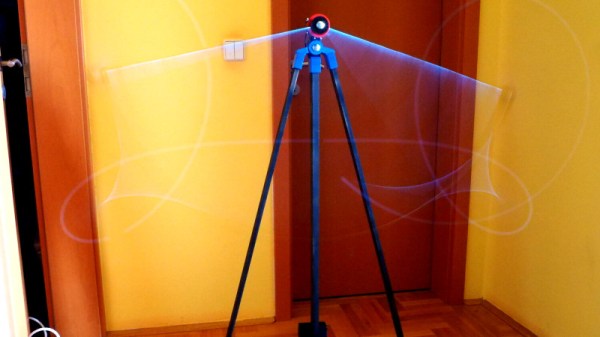Disclaimer: no dams were actually busted in the making of the video below. But that doesn’t mean that a scale-model homage to the WWII Dam Busters and their “Bouncing Bombs” isn’t worth doing, of course.
In a war filled with hacks, [Barnes Wallis]’ Bouncing Bomb concept might just be the hackiest. In the video below, [Tom Stanton] explains that [Wallis] came up with the idea of skipping a bomb across the surface of a lake to destroy enemy infrastructure after skipping marbles across the water. Using barrel-shaped bombs, he built a rig that could give them the proper amount of backspin and release them at just the right time, letting them skip across the surface of the lake while the bomber made an escape. Upon hitting the rim of the dam, the bomb would sink to explode near the base, maximizing damage.
[Tom]’s scale rig ended up being a clever design with spring-loaded arms to release a 3D-printed barrel after being spun up by a brushless motor. He teamed up with R/C builder [James Whomsley], who came up with a wonderful foam-board Lancaster bomber, just like RAF No. 617 Squadron used. With a calm day and smooth water on the lake they chose for testing, the R/C Lanc made a few test runs before releasing the first barrel bomb. The first run was a bit too steep, causing the bomb to just dive into the water without skipping. Technical problems and a crash landing foiled the second run, but the third run was perfect – the bomb skipped thrice while the plane banked gracefully away. [Tom] also tried a heavy-lift quadcopter run with the bomb rig, something [Barnes Wallis] couldn’t even have dreamed of back in the day.
Hats off to [Tom] and [James] for collaborating on this and getting the skipping to work. It reminds us a bit of the engineered approach to rock-skipping, though with less deadly intentions.
















